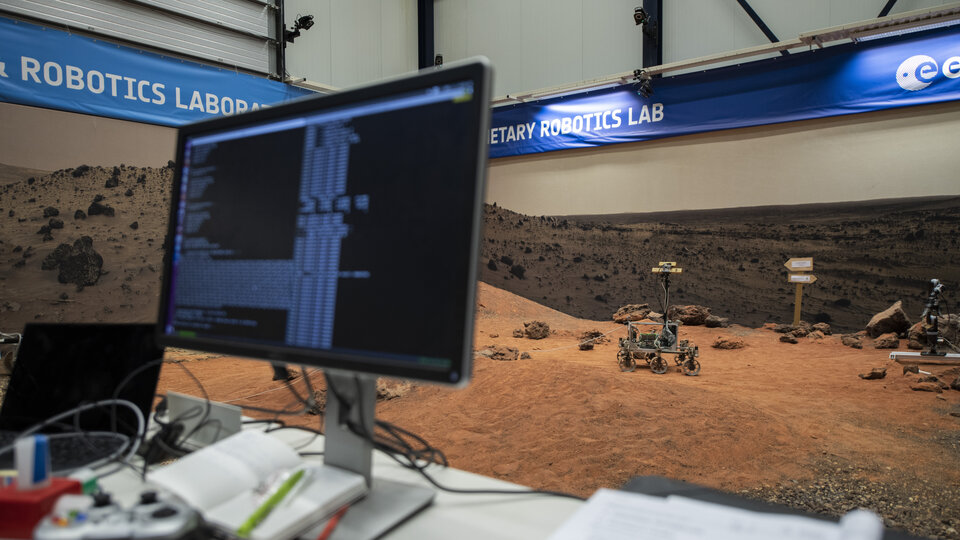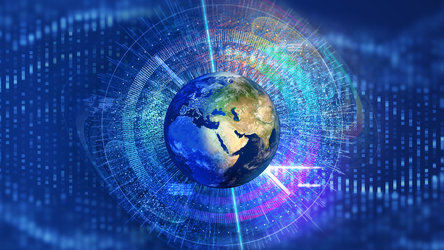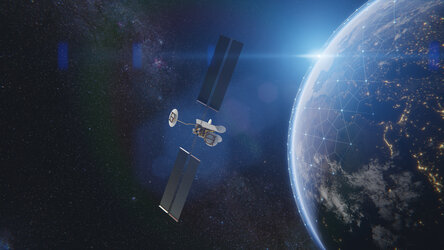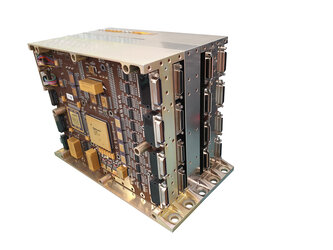Space hardware seeks – and finds – game-changing software
A satellite is much more than a floating box, equipped with high-tech instruments and solar panel wings. Invisible to the eye, software is what brings a satellite to life.
Software is a coded set of instructions that tells hardware what to do in a given situation. One piece of software might contain millions of lines of computer code, making it not just time-consuming to develop, but also difficult to identify and remove coding bugs and cyber-security risks.
To breathe life into the smart satellites of tomorrow, last year the Discovery element of ESA's Basic Activities asked for your ideas on new space software concepts. And this call was answered: the Campaign on ESA's Open Space Innovation Platform (OSIP) received nearly a hundred submissions, of which 26 passed the first selection by ESA and external experts and 14 passed a second evaluation and received funding from ESA Discovery.

"This was the first ever call on OSIP for new concepts for onboard software," says Christophe Honvault, head of software technology at ESA, who led the call for ideas. "It being a first try, we didn't know how it would run. The response was exciting: we received a really large number of ideas, from academic researchers and companies, ranging from small enterprises to big players like Thales and Airbus. This demonstrates the broad interest in software development for space. Evaluating such a large number of submissions took us quite a lot of effort!"
Faster development, more autonomy and a new language
The ideas that were selected for further development fell into one of three broad categories.
The first is improving how we develop space software. This includes novel methods for speeding up the design process, as well as reducing the number of errors introduced and making evaluation procedures more efficient. For example, several ideas investigated how best to employ machine learning-driven automated coding and debugging. Another idea focused on a new set of mathematical functions, which should make it easier to adopt and implement innovative techniques such as vision-based navigation or autonomous mission planning.

The second category consists of novel ideas for using onboard software to make spacecraft more autonomous. Many ideas explored the use of artificial intelligence (AI). For example, AI can support onboard data processing, reducing data storage needs by discarding low-quality data. It can also be used to autonomously direct satellites and rovers toward interesting sites. Other ideas explored automated fault detection, isolation and repair in onboard software. Future missions will need such features to support us on our journeys into space.
The remaining ideas focused on using a new programming language which has only existed since 2010, called Rust. "We were quite surprised by the number of ideas surrounding the use of this new language," says Christophe. "Software for the space industry needs to be incredibly reliable and secure; the benefit of Rust is that it is a very formal language, with built-in constraints that ensure that fewer errors are introduced when the code is written. Rust has proven its use for critical software on the ground, and now we're investigating how to take it to space."
Christophe concludes: "In the past, software was often undervalued and underfunded. Part of this is because studies into novel software concepts don't usually fit into a single application domain such as Earth observation or space science. But this interdisciplinarity should be seen as a strength; this Campaign has already opened doors to new collaborations between different departments within ESA. The success of this call for software ideas paves the way for more calls in the future!"















 Germany
Germany
 Austria
Austria
 Belgium
Belgium
 Denmark
Denmark
 Spain
Spain
 Estonia
Estonia
 Finland
Finland
 France
France
 Greece
Greece
 Hungary
Hungary
 Ireland
Ireland
 Italy
Italy
 Luxembourg
Luxembourg
 Norway
Norway
 The Netherlands
The Netherlands
 Poland
Poland
 Portugal
Portugal
 Czechia
Czechia
 Romania
Romania
 United Kingdom
United Kingdom
 Slovenia
Slovenia
 Sweden
Sweden
 Switzerland
Switzerland





























